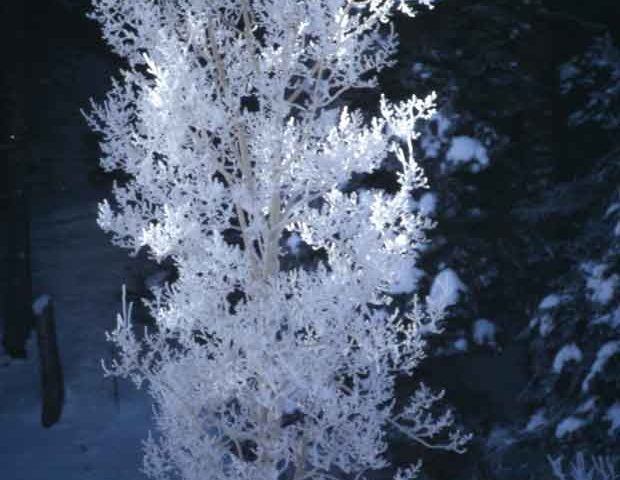Yes, we know. The weather outside is just too cold for an early morning gardening work. But in case you aren’t aware, the winter season is actually the best time of the year to prune deciduous trees and shrubs. Let the tree pruning commence!
As stated by one of the plant health care supervisors at the Chicago Botanic Garden, the majority of tree pruning among deciduous trees should be done during the winter. Right after the shrubs and trees go into dormancy, you can instantly proceed to prune.
Why Do You Need To Prune During Winter?
Pruning is easy to do when the plants have no leaves because you can instantly see the trees’ structure. You don’t even need to do tree topping. Another thing: during the winter, there is actually a lesser chance of disease transmission. Moreover, as the weather is too cold, insects won’t go out into the cold just to feast on the fresh pruning wounds of your plants.
In this article, we want to share with you five essential tips that will help you with your winter pruning. Here they are:
1. Plan Your Tree Pruning Methods
First things first. When pruning a plant, make sure that you have a clear purpose in mind. Plan first what you want to do with the shrub or tree that you are going to prune.
In case you don’t know, there is a bevy of pruning methods and for each plant type, there is a proper way of pruning it. Let’s take, for example, deciduous plants. The natural style is the more suitable method of pruning them. This style preserves the natural outline of the tree or shrub, highlighting the natural features of the plant.
2. Remove Tree Branches That Are No Longer Viable
After outlining the pruning process that you will do, make sure to remove all diseased and/or dead parts of the plant. Once you’re done with that, you can remove the water sprouts and the suckers—these two will not make the tree or shrub natural-looking nor will they give the plant well-branched limbs.
But that’s not it. See to it that you are also doing these:
- Remove the rubbing branches in the tree; you can start with the largest down to the smallest branch.
- Thin the canopy of the plant. You can start at the center and proceed outward. The purpose of thinning of the canopy is to be able to increase the air circulation through the branches. (Take note: Do not remove more than 25% of the plant’s branches as this will encourage the proliferation of sucker growth.)
3. Never Leave a Stub
When working on a plant, see to it that you don’t leave a stub as this can also promote the growth of suckers and ruin the plant’s natural outline. Moreover, open ends leave the plant vulnerable to diseases.
Ideally, you should shear off a branch above a bud and that bud should face outwards. This way, the new branch will not grow inwards to the center of the plant.
4. Look for Signs of Insect Infestation
Be sure to examine plant closely and look for potential problems before you proceed with the pruning. In the winter, tussock and gypsy months, including caterpillars, are usually visible on the branches of a tree. Aside from looking for pests, be sure to check the plant for signs of diseases such as open lesions and abnormal lumps.
5. Wear the Right Safety Gear
What’s next? Well, apart from being concerned with your plants, you should also be concerned with yourself.
So, whenever working on a plant, you need to remember your safety too.
- Always employ eye protection for obvious reasons.
- It is also essential that you familiarize yourself with the right tools that you will be using to prune different kinds of plants.
- When pruning huge trees, you might want to seek professional service from an Arborist.
Understanding the Importance of Pruning
It is no secret that pruning is usually among the most common gardening job that often gets neglected. With plenty of gardeners getting confused about when to do pruning, how to do it, or why it is even done, trees and shrubs usually grow without going through the pruning process. However, you need to understand that pruning is something that should be done regularly among plants. Thinning a tree’s canopy improves sunlight absorption and air flow through the plant, minimizing its chances of becoming infested with pests and diseases.
How American Arborists Can Help
If your trees are in need of a pruning or trimming service there is no other team of tree care experts the community trusts, then American Arborists. Give us a call today to find out the maintenance services we can provide to your home.
The cost of tree care services can add up. American Arborists understands this. That's why we offer a variety of coupons available to our clients. To discuss your options, reach out to our office today!
